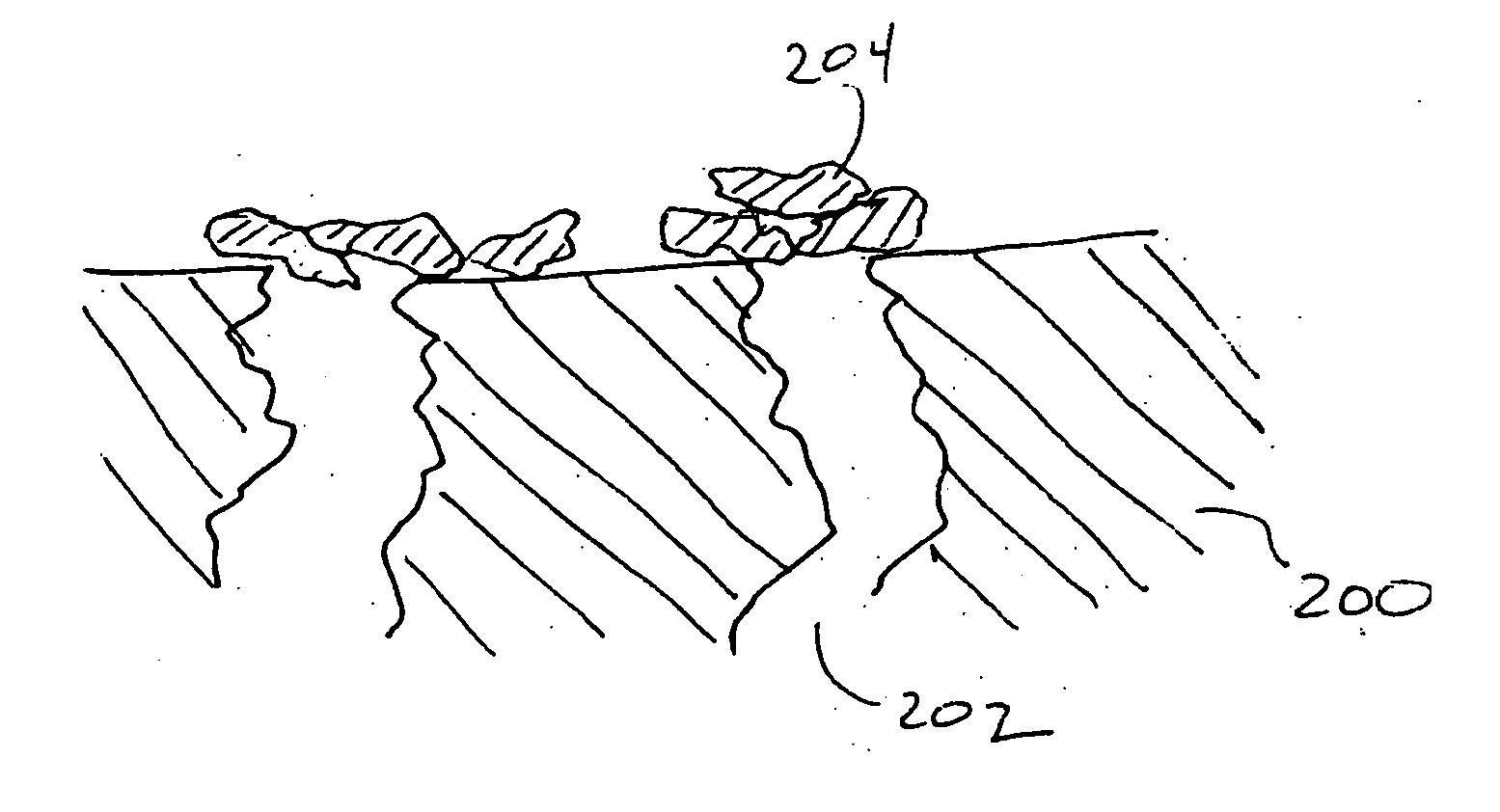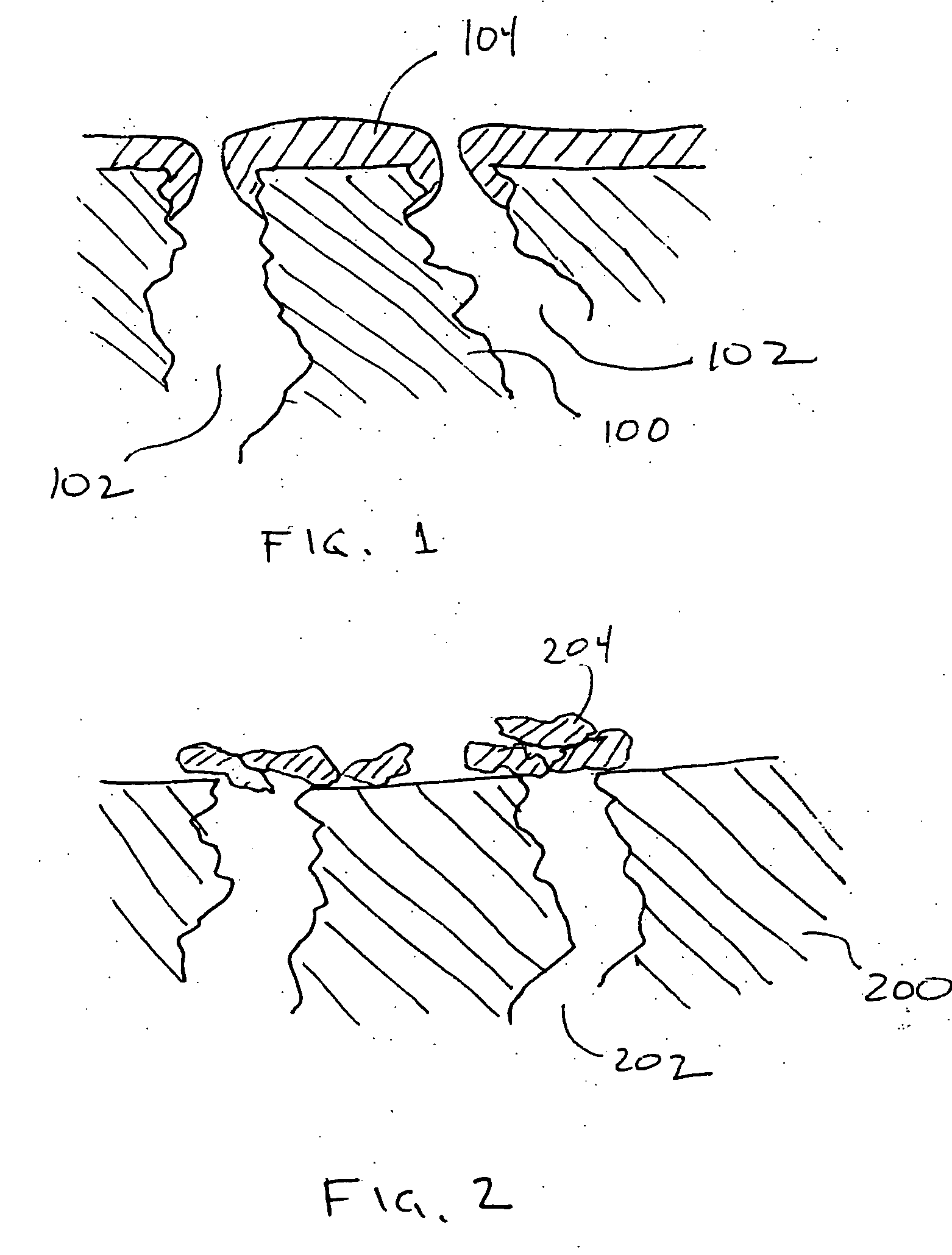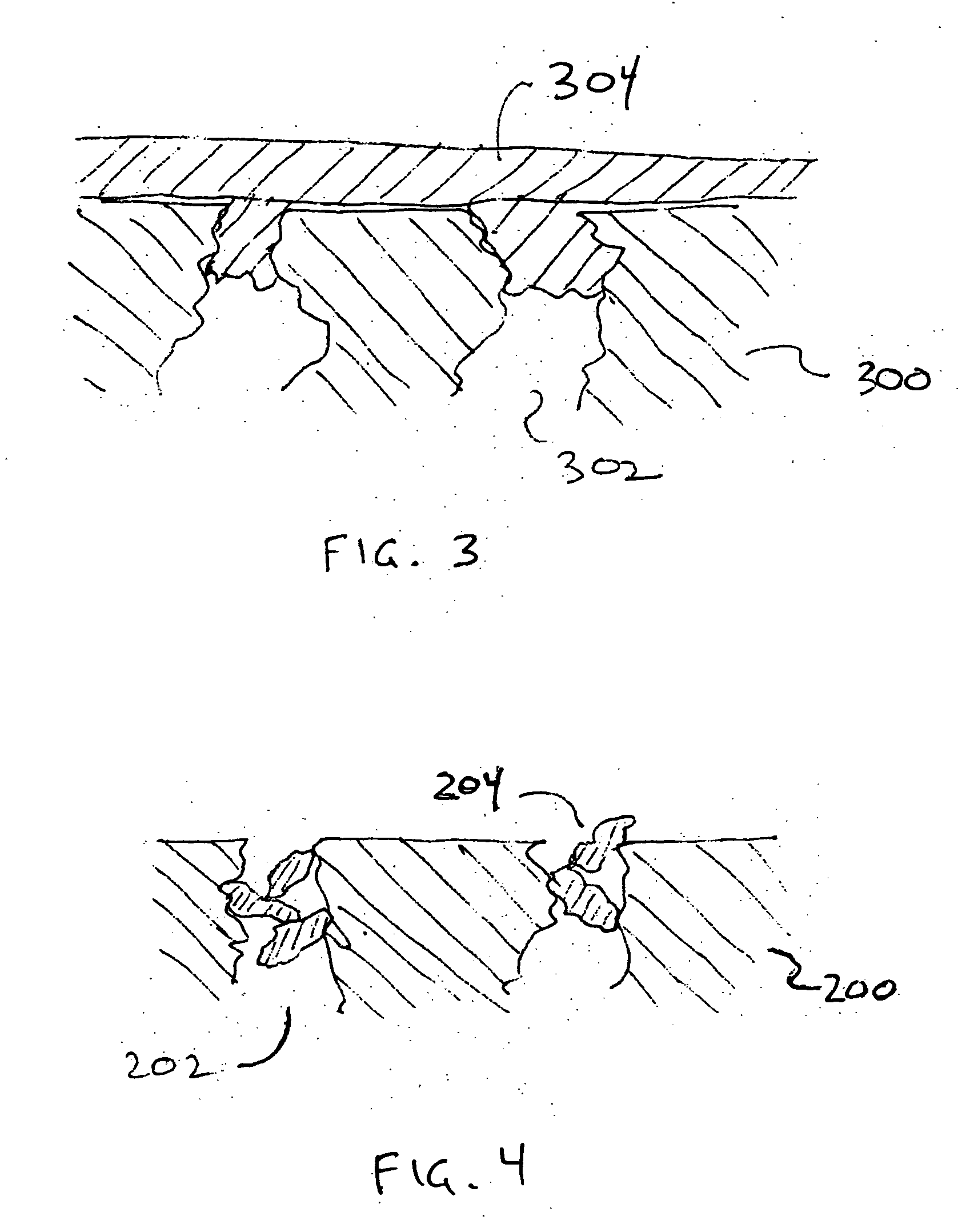High flux, microporous, sieving membranes and separators containing such membranes and processes using such membranes
a technology of sieving membranes and separators, which is applied in the direction of filtration separation, separation processes, water/sewage treatment, etc., can solve the problems of film degradation, facilitate high flux, and achieve high permeant flow indices
- Summary
- Abstract
- Description
- Claims
- Application Information
AI Technical Summary
Benefits of technology
Problems solved by technology
Method used
Image
Examples
Embodiment Construction
[0065] The high flux membranes of this invention can be obtained using a wide variety of techniques and may have different constructions. One type of sieving membrane in accordance with this invention has a discontinuous microporous barrier. In other aspects of this invention, the key feature of the membrane is high flux, even at low selectivities, regardless of whether or not the barrier is discontinuous or continuous. In either, a microporous barrier is used.
[0066] The microporous barrier may be formed by reducing the pore size of an ultrafiltration membrane (effective pore diameters of 1 to 100 nanometers) or a microfiltration membrane (effective pore diameters of 100 to 10,000 nanometers) by, e.g., organic or inorganic coating of the channel either interior of the surface, or preferably, at least partially proximate to the opening of the channel. These types of sieving membranes will be discussed in further detail in another portion of this description.
[0067] Other techniques ...
PUM
| Property | Measurement | Unit |
|---|---|---|
| thickness | aaaaa | aaaaa |
| Intrinsic Permeation Thickness | aaaaa | aaaaa |
| surface area | aaaaa | aaaaa |
Abstract
Description
Claims
Application Information
 Login to View More
Login to View More - R&D
- Intellectual Property
- Life Sciences
- Materials
- Tech Scout
- Unparalleled Data Quality
- Higher Quality Content
- 60% Fewer Hallucinations
Browse by: Latest US Patents, China's latest patents, Technical Efficacy Thesaurus, Application Domain, Technology Topic, Popular Technical Reports.
© 2025 PatSnap. All rights reserved.Legal|Privacy policy|Modern Slavery Act Transparency Statement|Sitemap|About US| Contact US: help@patsnap.com



